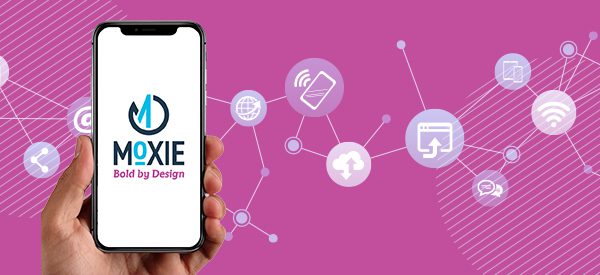Marketing isn’t just about social media posts, flyers, and emails. There’s a lot more that goes on behind the scenes to not only create those deliverables, but for them to be effective in reaching the customer and giving them an emotional impact. Those colors in your favorite logo, the words to the commercial jingle you’ve memorized, and the few words you caught while driving by a billboard are all carefully curated to get the attention of their target audience and lead them to an action to benefit the organization—buy the product, apply for the job, hire our team.
But before the design and copywriting can effectively target the audience and produce a call to action, there must be a foundation to build upon. Market research is defined as the action or activity of gathering information about consumers’ needs and preferences.
What Is A Persona?
This is where “buyer roles” come into play—otherwise known as “personas.” They are fictional profiles that represent groups of target audiences created by the marketer after they’ve collected the necessary information. A persona will represent a segment of the target market. For example, if the goal is to target sports fans, multiple personas can be created to address several types of sports fans. These could be divided up into age, sport, location, season, and more, depending on what is most helpful to the marketer.
How Do We Know Who To Target?
Information is often collected by naming the target audience and then analyzing them. For example, one client wanted to recruit more employees. To get a better idea of the type of people they wished to recruit, we interviewed several of the company’s well-performing employees. We carefully crafted questions to get an idea of their demographics and background, work preferences and skills, hobbies, where they consume news and entertainment, and what they want and need in a job.
Drafting Personas
Now that we have a broad understanding of who we want to reach, we divide them up into categories, and bring them to life with faces and names. For the recruitment organization, the personas selected were generally based on hobbies, work history, and career aspirations. “Outdoors Oscar,” “Seasoned Sam,” and “Career-Builder Cal” provided a more targeted view of the preferred audience.
The insights pulled from these imaginary friends are part of the groundwork that direct content strategy, campaign development, as well as design. Without this research, it would be difficult to determine the customers’ needs, how to reach them, and how to drive them to the website or call to action. Taking the time to research and build personas based on real insights will pay off in the long run.
Looking to further investigate your target audience for effective results? Go to experiencemoxie.com or call us at 319-234-7055.






